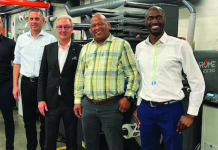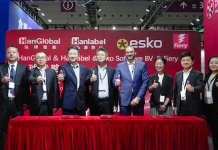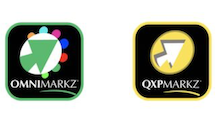It is one of the most useful and yet annoying forms of packaging we have. It's useful because it works with all sorts of content types, from clothing to soup. But it’s annoying because most people are confused as to whether a particular piece of flexible plastic packaging can be recycled or not. The secret codes and logos plastics carry mean little to the average consumer, so it’s hard to tell the desirable from the undesirable.
This confusion is not good, because it makes recycling something that requires thought, almost an inconvenience. And when in doubt, rather than risk polluting what might otherwise be a pristine batch of recyclate, people may opt to throw the material away for incineration or landfill. This is not good either. But how can we improve how we handle waste that is hard to recycle? And should the streaming decision be up to consumers at all? Ideally, recycling plants should be able to handle all of it, and without requiring people to do the sorting. Let’s face it, people simply won’t bother if the recycling burden is too onerous.
Fortunately, work has been done to see what possible solutions there might be to this problem. The Recycling of Flexible Packaging (Reflex) research and development project is a two year collaborative effort funded by the UK government and various global brands. The project involved brand owners, packaging printers, recycling companies and technology developers. These include Amcor Ltd, one of the world’s largest suppliers of flexible and rigid packaging materials, along with the likes of Nestlé and Unilever. The project found that 80% of the flexible packaging being sent off for recycling is suitable for reprocessing. The 20% that is not however will have to be handled by new facilities able to process all forms of the material, and by modifying sorting facilities so that rogue flexible plastic packaging is either removed or processed.
The project’s objective for this two-year effort was to 'create a circular economy for flexible packaging' through improved understanding of the various steps in flexible packaging supply chains. For the UK, this could mean sending less of its 414,000 tonnes annually of plastics based packaging to landfill or for incineration. Together the partners looked at new types of mixed polymers and better identification and sorting systems. Everything from design to sorting and reprocessing was investigated with a view to making changes and improvements that support the circular economy.
An important outcome of the project is the preparation of a set of design guidelines for flexible packaging. This research document would encourage the use materials that can be recycled when they reach end of life, from the initial design to production. The idea is to provide advice on such things as polymer types and coatings, and their suitability for either mechanical recycling into new raw materials or for turning into energy.
The next step is to merge the Reflex project with broader initiatives to work on optimising the circular economy for flexible packaging based on life cycles. What goes around, really should come around if this effort pays off.
Verdigris is supported by the following companies: Agfa Graphics (www.agfa.com), EFI (www.efi.com), Epson (www.epson.com), FESPA (www.fespa.com), HP (www.hp.com/environment), Kodak (www.kodak.com/go/sustainability), Kornit (www.kornit.com), Practical Publishing (www.practicalpublishing.co.za), Ricoh (www.ricoh.com), Spindrift (http://spindrift.click/), Splash PR (www.splashpr.co.uk), Unity Publishing (http://unity-publishing.co.uk) and Xeikon (www.xeikon.com).
This work by the verdigris project is licenced under a creative commons attribution-noderivs 3.0 unported licence http://creativecommons.org/licences/by-nd/3.0/.





















